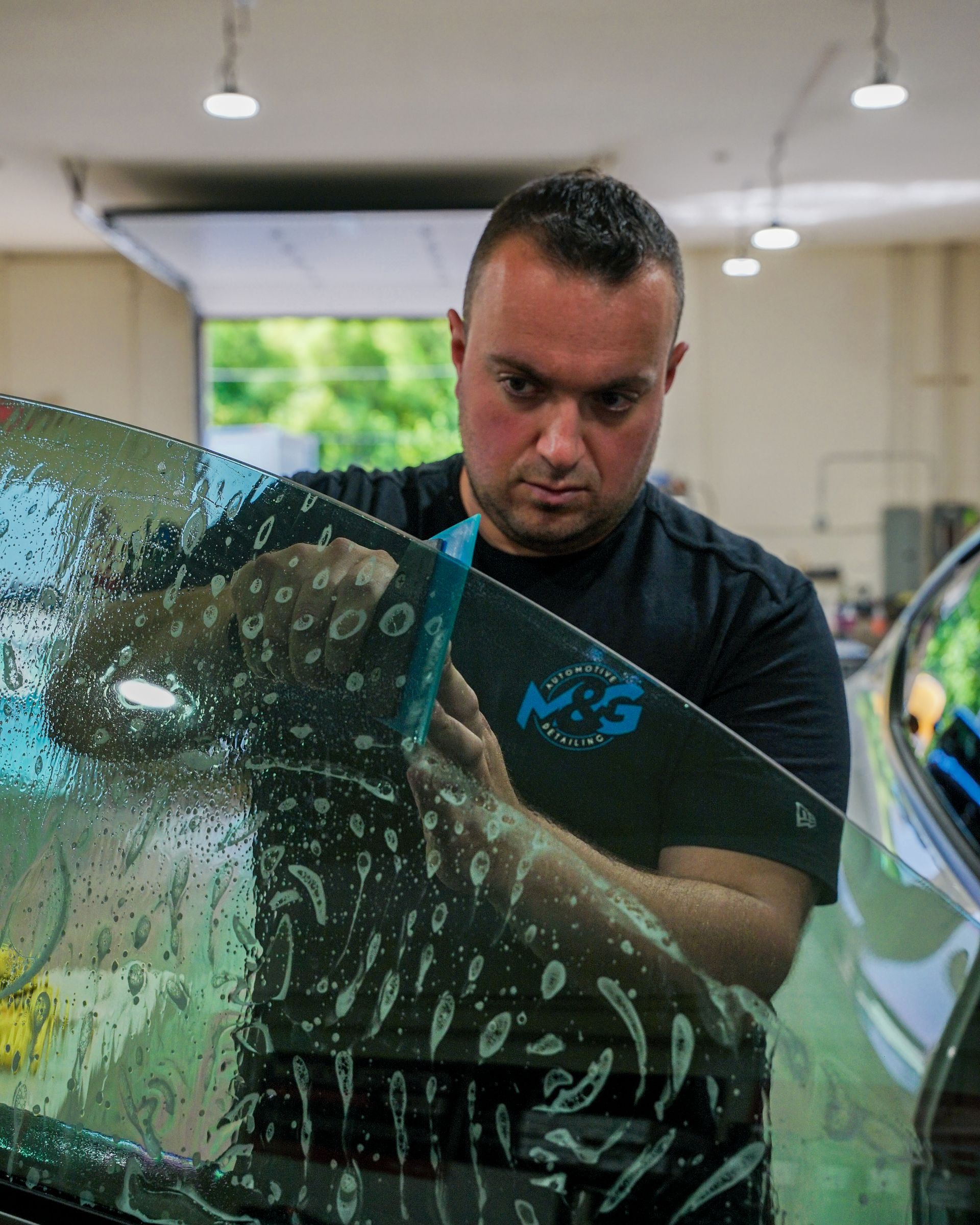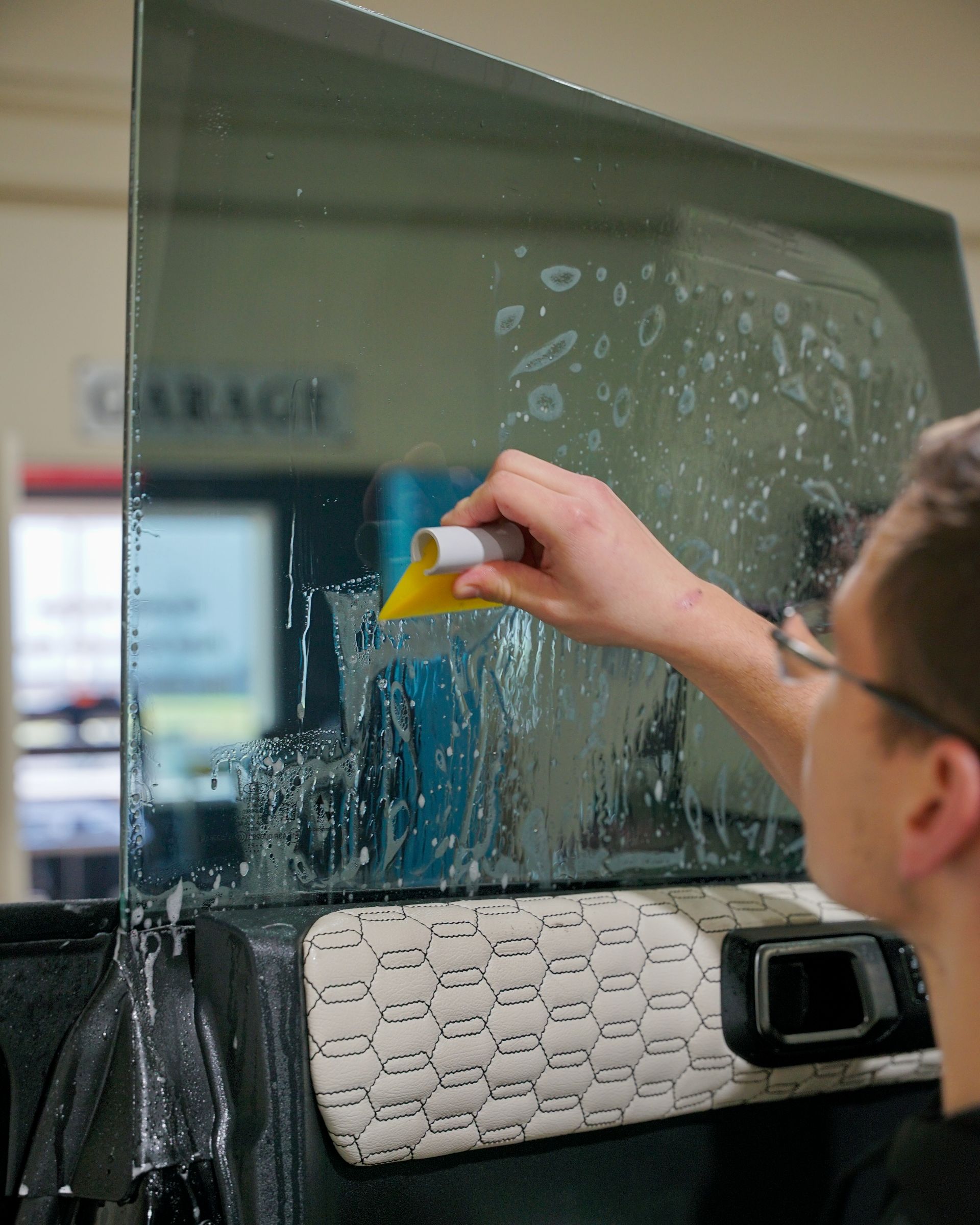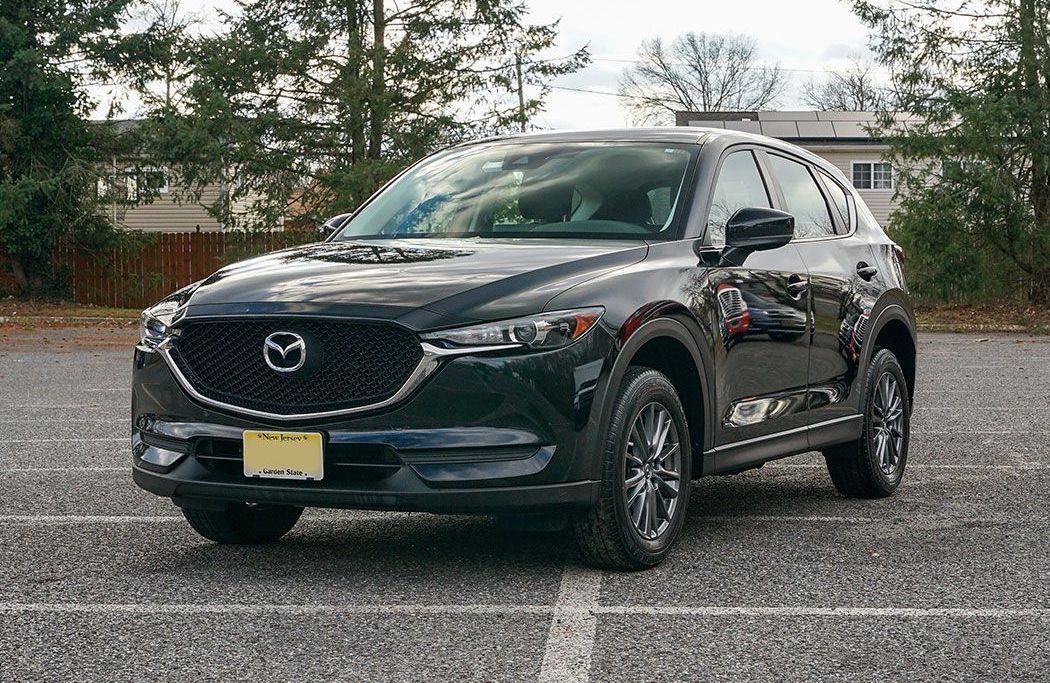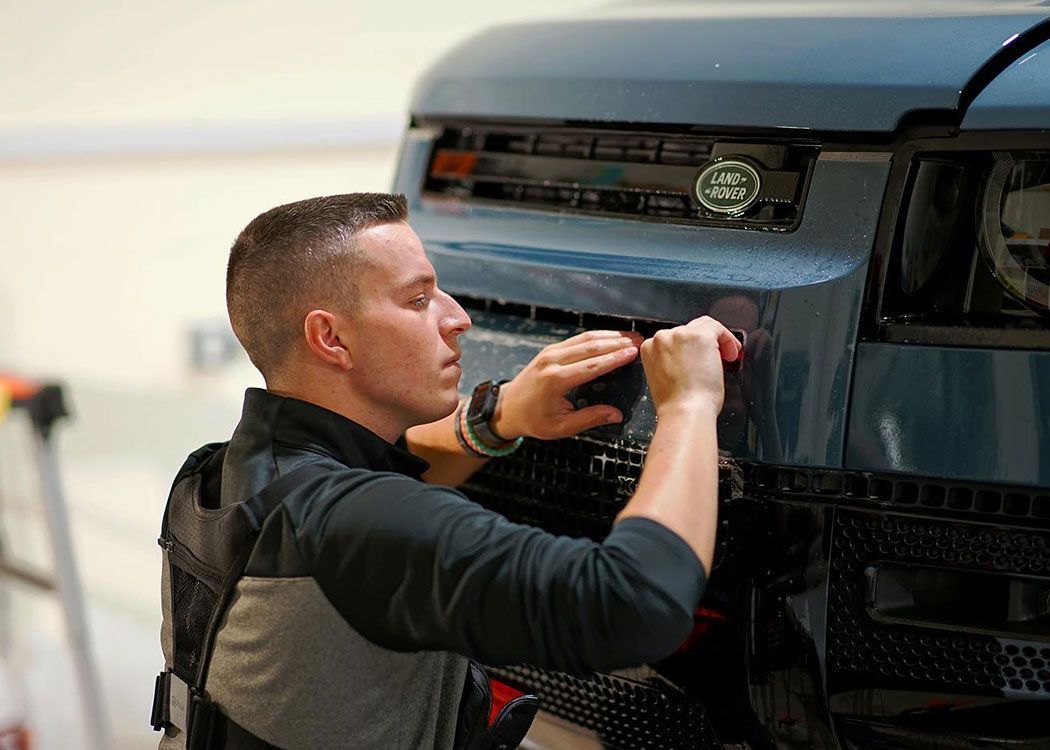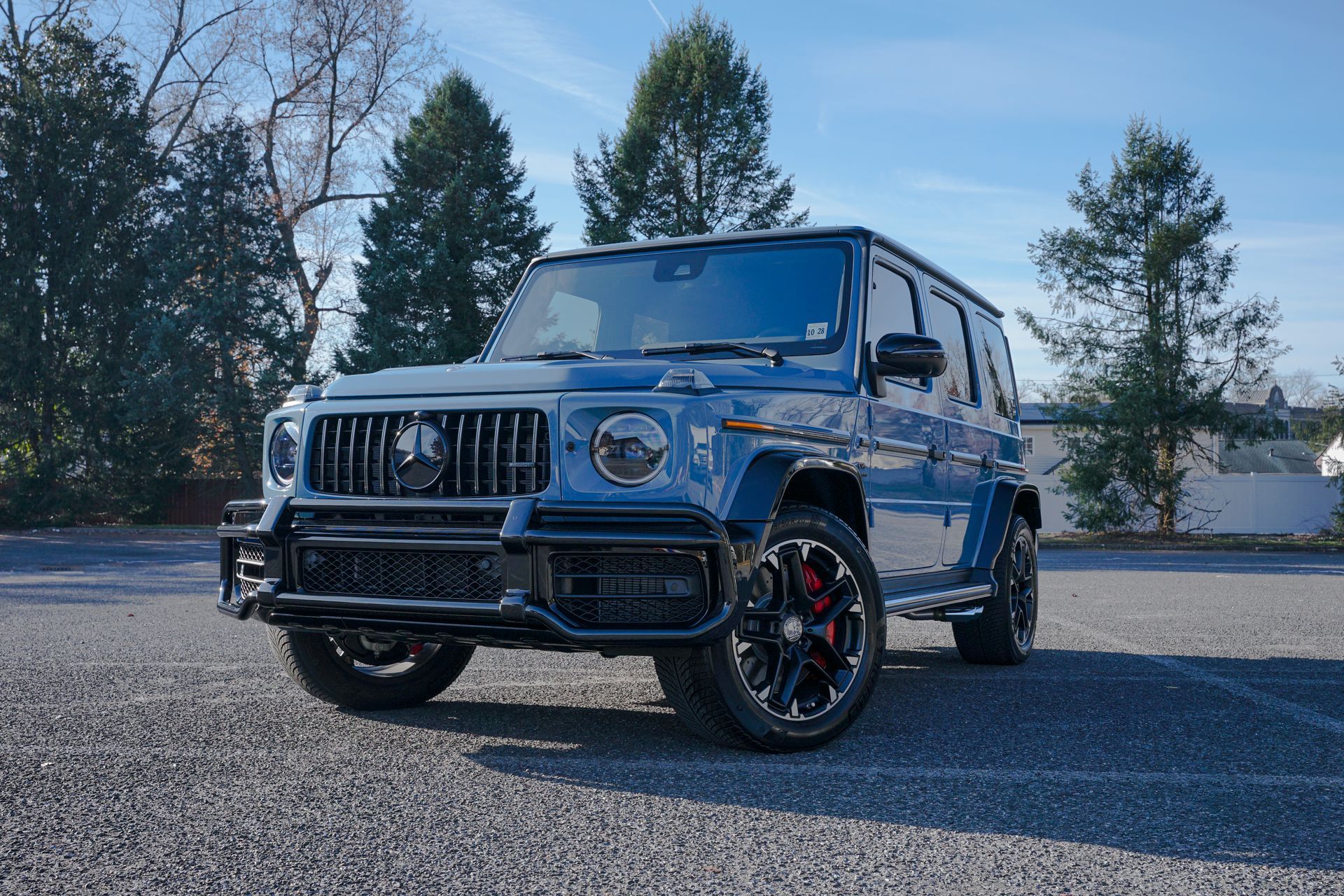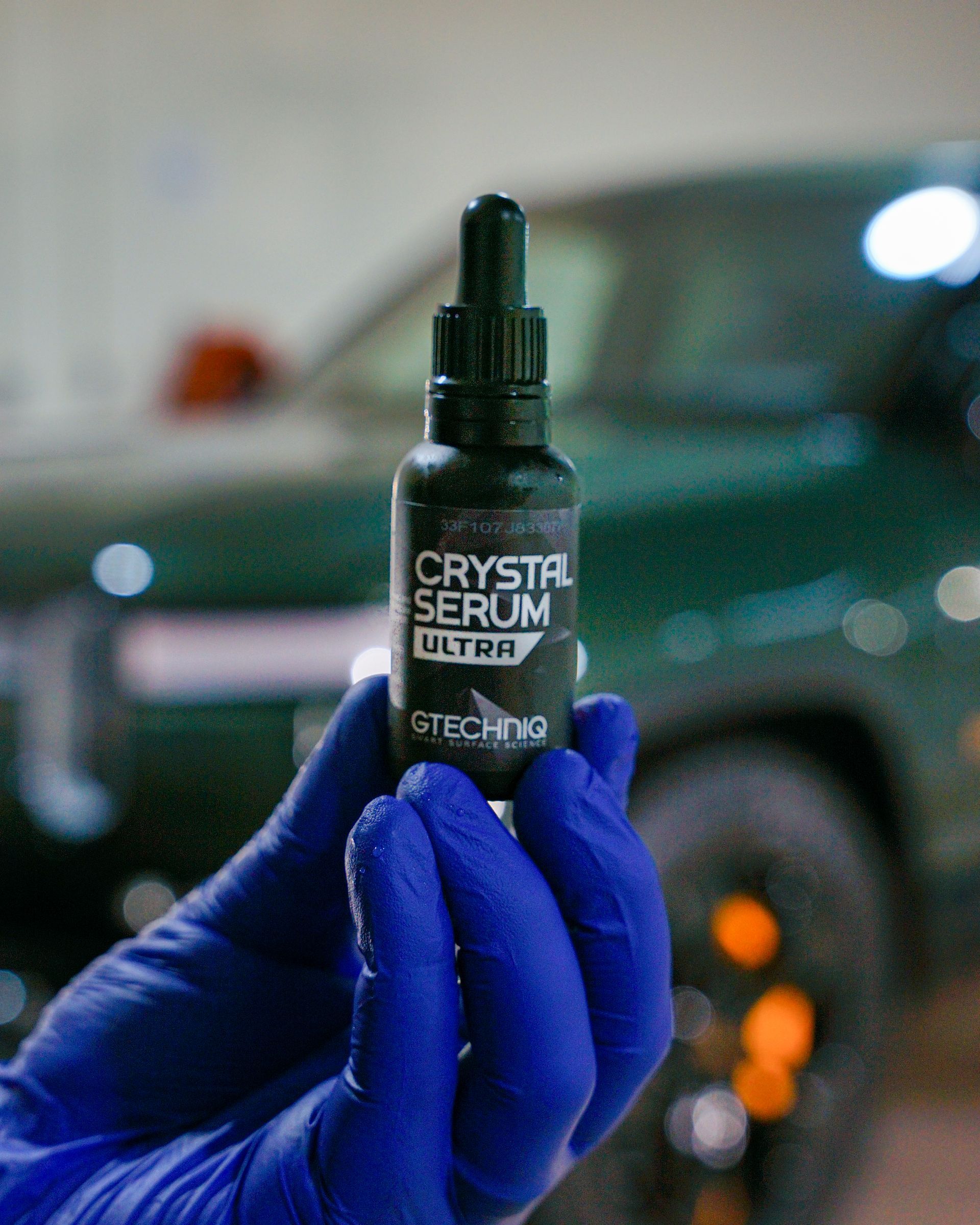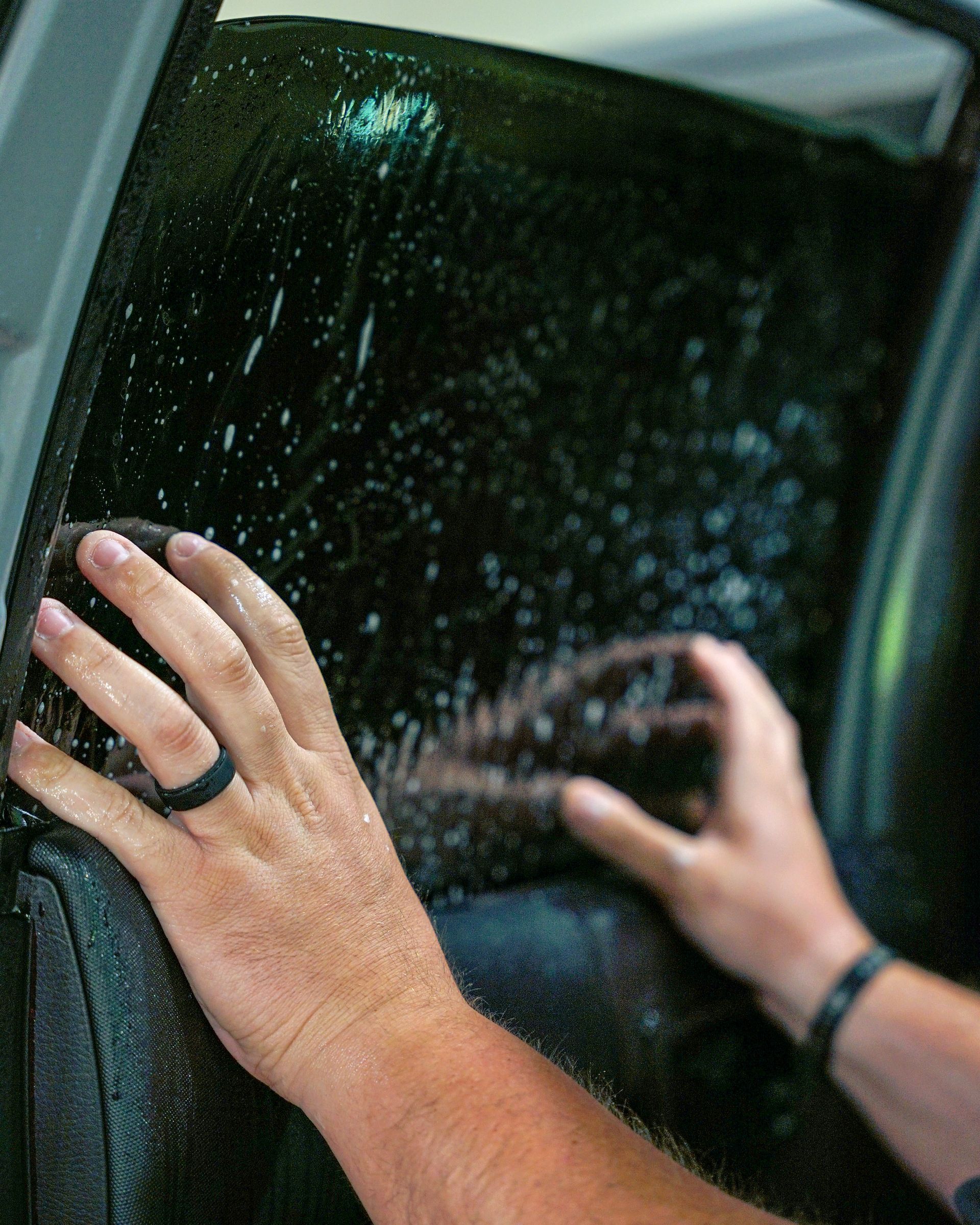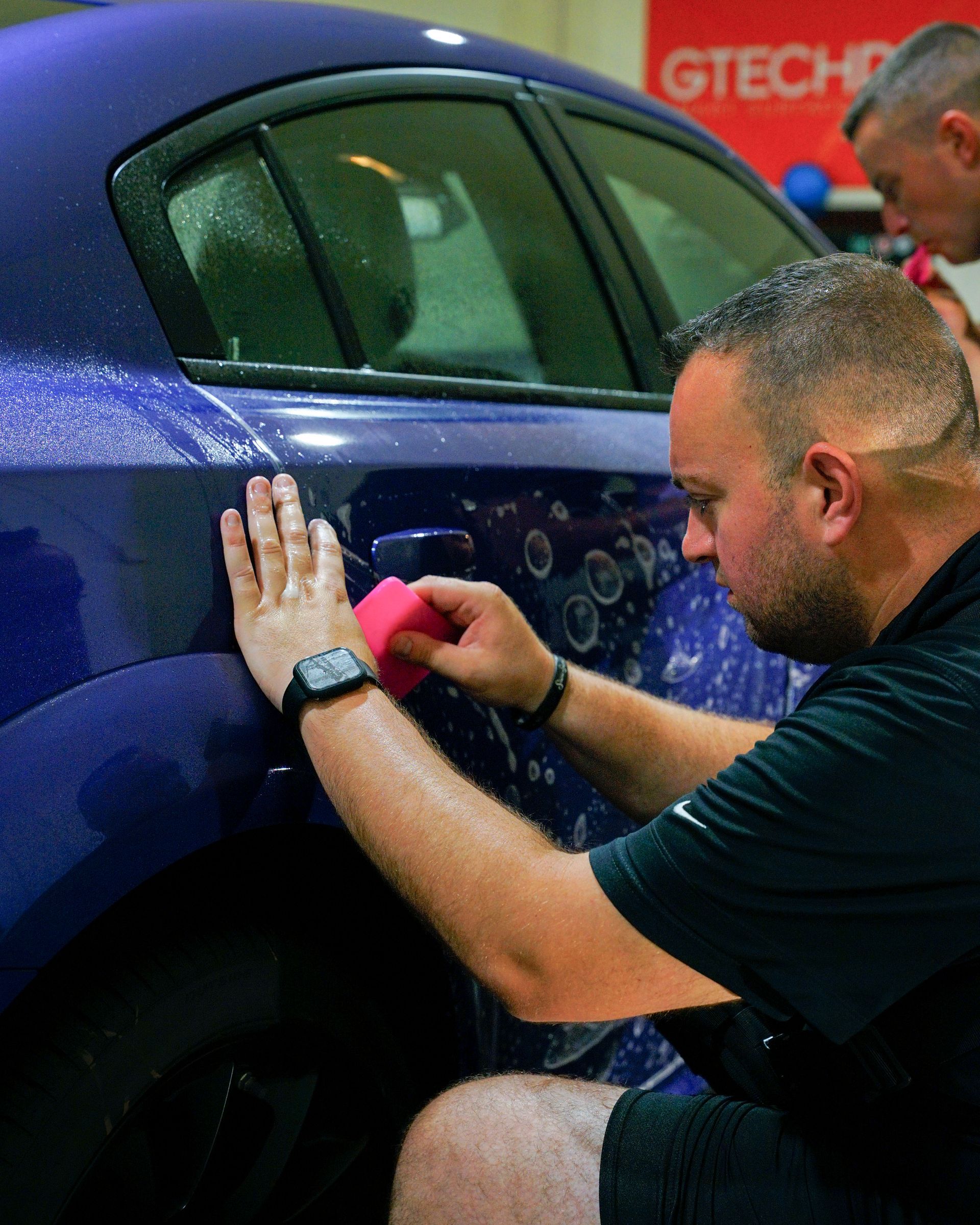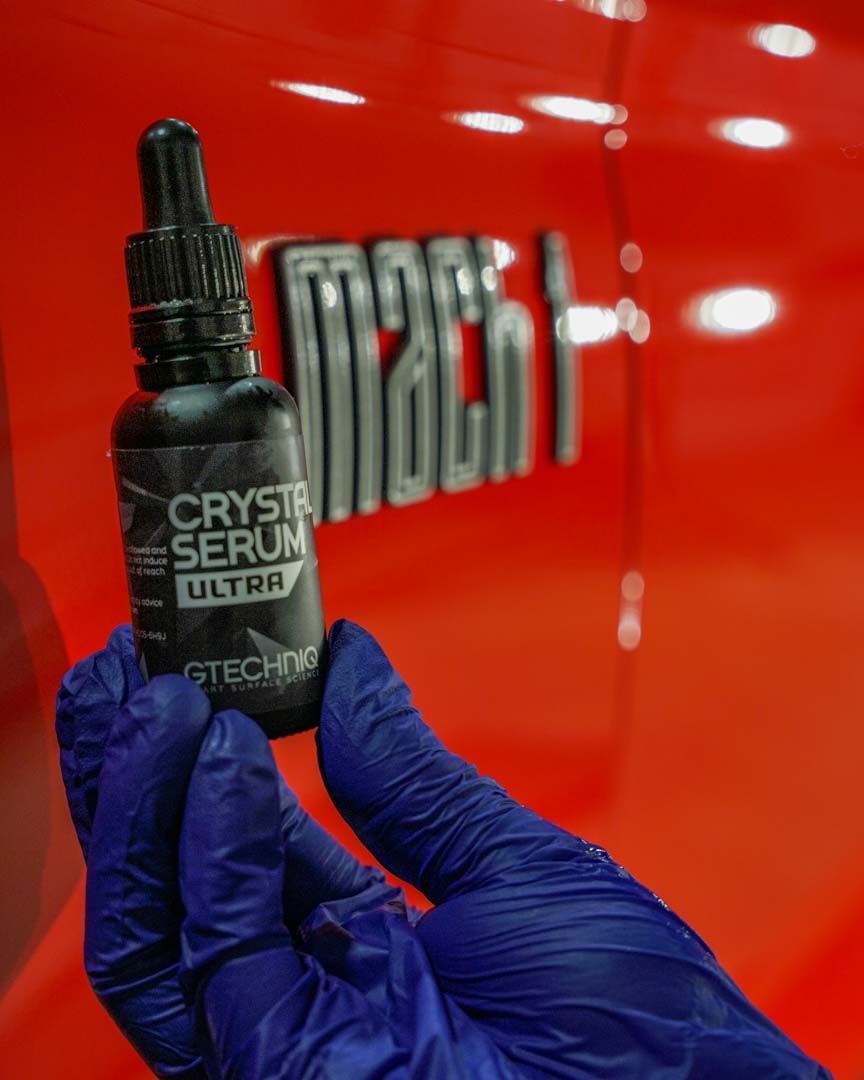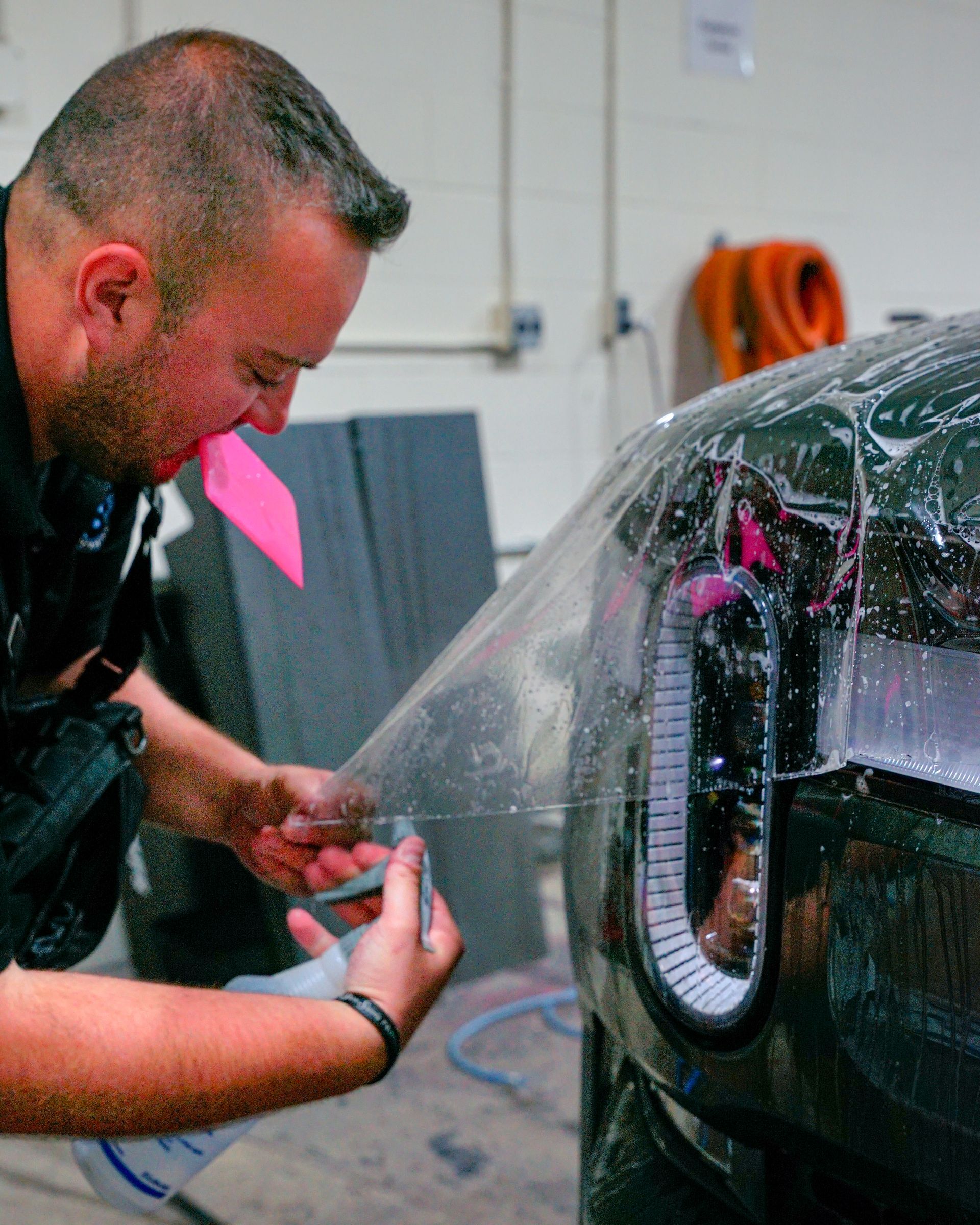How to Choose the Best Shade of Window Tint for Your Car: A Comprehensive Guide
Car window tinting isn't just about style—it's a practical upgrade that enhances your driving experience while offering numerous benefits. Many drivers seek ways to improve comfort, reduce glare, and keep their interiors cooler during hot days. With so many options available, choosing the right shade of tint requires careful consideration of legal requirements, personal needs, and desired aesthetics. To choose the best shade of window tint for your car, consider your state's legal tint percentage laws to ensure compliance and assess your primary reasons for tinting, such as UV protection or privacy. Additionally, evaluate the desired aesthetic look and balance between visibility and darkness, with popular options being 35% for a stylish yet functional choice or 20% for enhanced privacy while maintaining good visibility.
Understanding Car Window Tinting
Car window tinting has become a popular addition for vehicle owners, offering both practical and aesthetic benefits. Tinted windows can drastically reduce glare from the sun, making driving more comfortable, especially during peak sunlight hours. They can block up to 99% of harmful UV rays, protecting your skin and reducing interior fading to prevent premature wear and tear. Furthermore, tinted windows provide privacy, making it harder for others to see inside your vehicle—an important factor for those who frequently park in public areas. As technology evolves, the range of window tinting options has expanded significantly, offering various performance levels and price points.
Types of Window Tint
Understanding the different types of window tint helps you select the option that best suits your needs and budget.
- Dyed Film: It serves as an economical solution for those seeking basic tinting benefits. This type absorbs solar energy rather than reflecting it, providing effective glare reduction at a lower price point. However, dyed films typically have a shorter lifespan and may fade over time due to sun exposure.
- Metallic Film: It offers a more durable option by incorporating tiny metal particles into the film. This increases both strength and longevity while enhancing heat rejection capabilities. The downside is that metallic films can interfere with GPS and radio signals, which could be problematic for drivers who rely heavily on these features.
- Ceramic Film: It is widely regarded as the premium choice for drivers seeking maximum performance. It excels in blocking heat while allowing clear visibility without interfering with electronic signals. Although ceramic films are generally more expensive upfront, their long-lasting properties and impressive performance often justify the investment.
Despite higher costs, many drivers prefer ceramic films due to their superior heat rejection and durability. Investing in quality window tint not only improves comfort but also adds value to your vehicle—an important consideration for future resale.
Legal Restrictions and Tint Darkness
Each state has specific regulations governing how dark you can legally tint your car windows, primarily measured by Visible Light Transmission (VLT). The VLT percentage reflects how much light can pass through your windows. For instance, a window with 30% VLT allows only 30% of exterior light to enter. These regulations vary significantly between states. Some states allow darker tints on rear windows while maintaining stricter requirements for front side windows. Many states also restrict windshield tinting, typically allowing only minimal tinting at the top portion or prohibiting it entirely. Violating tint laws can result in fines and may require you to remove or alter the tint, leading to time-consuming and costly adjustments. Additionally, many states impose restrictions on how reflective window tint can be, usually limiting reflectivity to no more than 20-25%. Before selecting your tint, research your state's specific guidelines to ensure compliance and avoid potential legal issues. Consulting with local professionals can provide clarity and peace of mind while keeping you within legal boundaries.
Factors Influencing Tint Choice
Several key factors should guide your tint selection process, balancing both personal preferences and practical needs. Climate and weather play significant roles in determining the best tint for your situation. In hot climates, ceramic tints excel at rejecting heat, keeping your vehicle significantly cooler even in extreme temperatures, while those in colder climates might find lighter tints more suitable, reducing glare while maintaining visibility without risking heat loss during winter months. Your primary purpose greatly influences your decision. If privacy is your main goal, darker tints will better shield the view into your vehicle, but if UV protection is your priority, the material and its UV-blocking capabilities become more important than visual darkness. Some advanced films offer incredible heat rejection while maintaining excellent visibility, which is crucial for frequent night driving. Aesthetic preferences also matter, as different VLT percentages create varying visual appearances. Higher VLT percentages allow more light while providing subtle tinting effects, but they don't offer as much heat rejection or glare reduction as lower percentages. A common choice like 35% VLT strikes an appealing balance, providing privacy without completely obstructing visibility.
Key Benefits of Window Tint
Window tinting offers numerous advantages that extend far beyond aesthetics, making it a smart investment for any vehicle owner. One of the most significant health benefits is UV ray protection, as quality tinted windows can block up to 99% of harmful ultraviolet rays, dramatically reducing skin cancer risk for drivers and passengers who spend considerable time in their vehicles. This protection is particularly valuable during long commutes or road trips. Glare reduction enhances both safety and comfort by minimizing discomfort from bright sunlight or oncoming headlights, creating a more relaxed driving experience and promoting better visibility that leads to safer driving conditions overall. Additionally, heat reduction significantly improves your vehicle's interior environment since quality tints can block 35-50% of solar heat entering your vehicle, preventing that uncomfortable "oven-like" experience when entering a car parked in the sun. This reduced heat also decreases reliance on air conditioning, potentially improving fuel efficiency over time. Furthermore, window tinting provides enhanced safety by offering an additional protective layer during accidents. Tinted windows help hold shattered glass together, significantly reducing risks associated with flying glass fragments and decreasing potential injuries for occupants. These combined benefits make window tinting a practical upgrade that improves comfort, safety, and health protection while potentially offering economic advantages through improved fuel efficiency.
Professional Installation vs DIY
When considering window tint installation, you can choose between professional installation or a do-it-yourself approach, each with distinct advantages and considerations. Professional installations typically deliver superior results in terms of finish and durability, providing a seamless appearance without bubbles or creases that can plague poorly applied film. Trained professionals use specialized tools and techniques, ensuring proper adherence to every curve and angle of your car's windows. Professional installation often includes warranties ranging from five to ten years, providing financial protection against future issues from improper application or material defects. DIY installation can be attractive for budget-conscious individuals or those who enjoy hands-on projects. Tinting kits are readily available online at various price points and include everything needed to get started. However, DIY installation carries significant risks if not executed properly. Beginners often require considerably more time than professionals, and mistakes can lead to poor results that may cost more to correct than professional installation would have initially cost. Success with DIY installation requires a clean, dust-free environment, as particles can easily become trapped under the film during application, ruining the finished product.
Popular Tint Shade Options
Understanding common tint shades helps you visualize how different options will look and perform on your vehicle.
- 50% (Light Tint) provides the lightest option, primarily focusing on reducing glare and heat without significantly darkening windows. This shade maintains an open, airy feel inside the vehicle while still offering heat rejection benefits.
- 35% (Medium Tint) offers a balanced approach, providing decent privacy without dramatically darkening windows. This level significantly reduces glare and heat while maintaining a sleek appearance that complies with legal restrictions in many areas.
- 20% (Dark Tint) creates a sleek, stylish appearance while maintaining strong privacy without completely sacrificing visibility. This shade effectively blocks outside views but may feel somewhat sheltered, especially during nighttime driving.
- 5% (Limo Tint) represents the darkest option, offering maximum privacy but potentially creating visibility challenges. This extreme darkness may be illegal for front windows in most states due to safety concerns.
Final Tips for Choosing Your Tint
Several important considerations can help ensure you make the best tint selection for your specific needs and situation. Always verify legal restrictions in your state before making final decisions. Each state has specific laws regarding allowable tint darkness, particularly for front and rear windshields. Ignoring these regulations can result in fines and the inconvenience of needing to remove improperly installed films. Consider your car's interior color when selecting tint shades. Light-colored interiors may reflect more light, making the tint appear lighter than expected, while darker interiors absorb more light, intensifying the tint's appearance. This interplay between interior color and tint percentage influences both appearance and comfort levels. Balance privacy needs with visibility requirements. While privacy is often a primary reason for tinting, this choice shouldn't compromise visibility, particularly during night driving or adverse weather conditions. Consider shades that offer excellent daytime privacy without drastically impairing nighttime vision. Seek professional advice when possible. Specialists in automotive tinting provide valuable insights based on experience with local regulations and available materials. They can tailor recommendations that meet both aesthetic desires and legal requirements while ensuring maximum satisfaction. Choose products with robust warranties. Quality tint films typically include warranties against bubbling, peeling, and fading, ranging from several years to lifetime coverage. Investing in quality protection for your investment ensures long-lasting performance and can ultimately save time and money. A well-chosen window tint enhances your car's appearance while providing comfort, safety, and privacy benefits. Consider these factors carefully to make an informed decision that meets your specific needs and preferences while complying with local regulations.
Expert Window Tinting Services in Cherry Hill, NJ
At M&G Automotive Detailing, we offer
professional window tinting services that add style, comfort, and protection to your vehicle. Our premium films help reduce glare, block harmful UV rays, and keep your cabin cooler, all while enhancing your car’s sleek appearance. Whether you want improved privacy or a more comfortable ride, our expert team ensures flawless installation every time. Drivers in Cherry Hill, NJ can count on us for lasting results—schedule your window tinting service today and enjoy a smarter way to drive!

